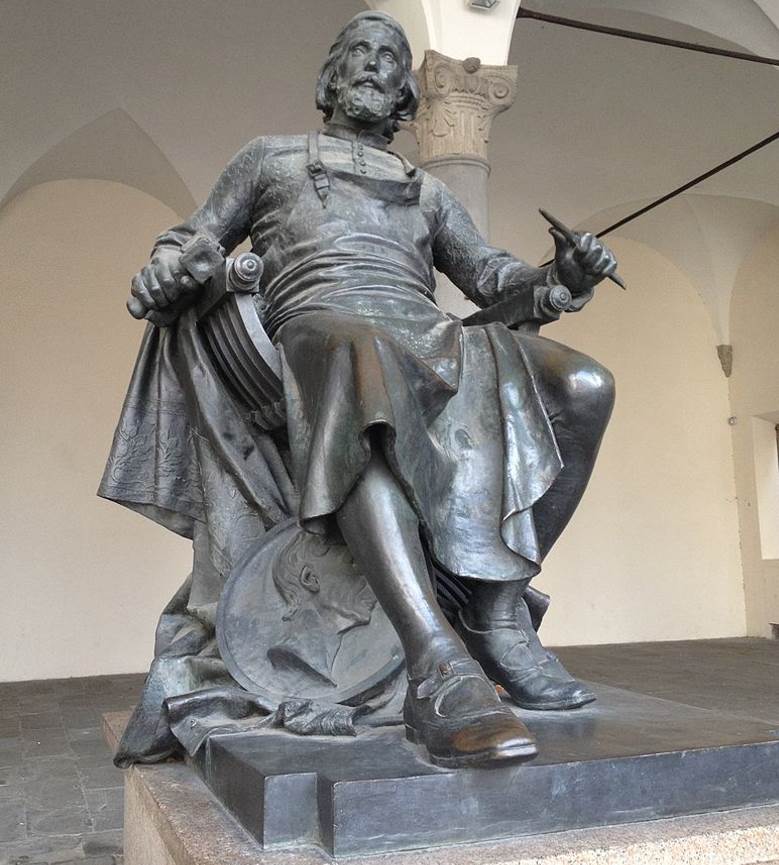Most art historians agree that the Renaissance started in the 14th century. The first Renaissance artists emerged in the latter half of this century.
This amazing period in human history saw gradual changes that affected all parts of life in Europe. The essence was to surpass the achievements of classical antiquity.
This happened in a wide variety of fields, including Renaissance painting and Renaissance architecture, to name just a few.
When it comes to sculpture, Renaissance masters aimed to portray the figures as they were. This was opposed to the highly idealized sculptures produced by Gothic artists of the Middle Ages.
This sense of naturalism was derived from the essence of the Renaissance. This was the concept of Roman Humanitas, the search for the essence of what makes us human.
In this article, you’ll discover some of the most famous Renaissance sculptors. These were artists who lived during this exciting transition period of humanity.
1. Donatello
Donato di Niccolò di Betto Bardi (1386-1466) was an Italian artist who was born in Florence but traveled to Rome early on in his career. Here he managed to study classical sculpture, an experience that would define the rest of his career.
He produced some of the first full-fledged Renaissance sculptures in history and the transition between Gothic and Renaissance art can be seen in the early works of his career.
He worked in a wide variety of mediums, including stone, bronze, wood, clay, stucco, and wax. He developed a particular type of low bas-relief that often decorated large monuments.
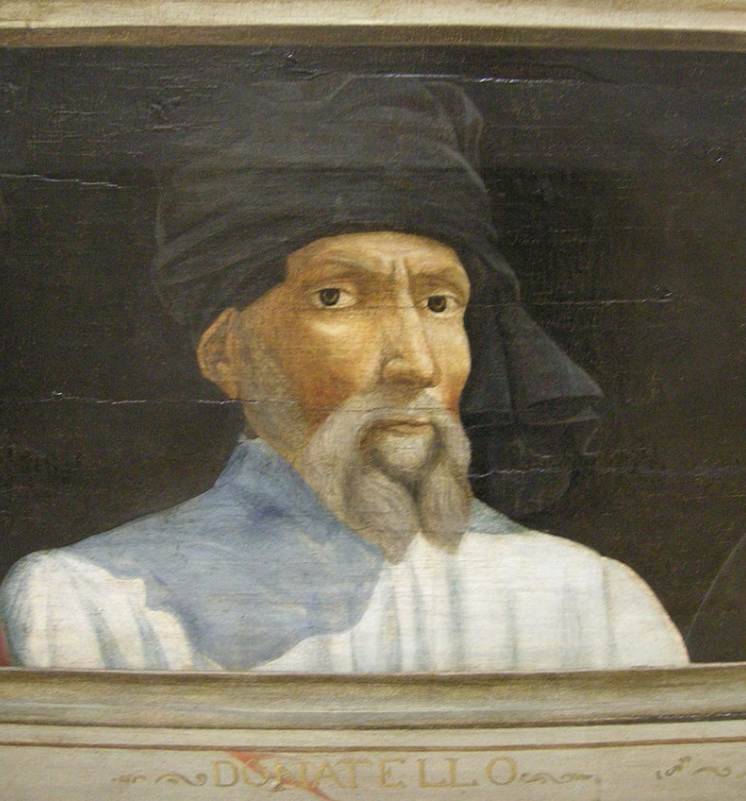
2. Michelangelo
Michelangelo di Lodovico Buonarroti Simoni (1475-1564) was one of the multiple polymaths that lived during the Renaissance period. He can be described as the ultimate Renaissance man because he excelled in multiple fields.
Since he was born until he passed away, his main passion was hacking away at large blocks of marble. This resulted in some of the most amazing sculptures ever produced.
His Pietà sculpture and the immense Statue of David are among the ultimate world treasures. The nickname “Il Divino” or “The Divine” emerged during his lifetime, and this was a rather accurate description of the man.
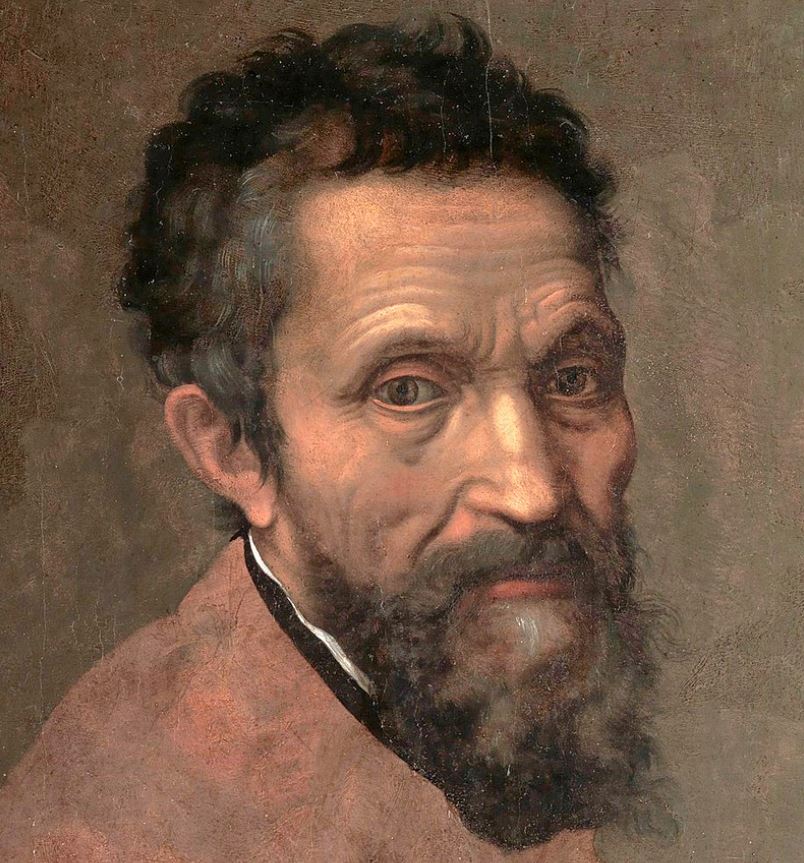
3. Lorenzo Ghiberti
Lorenzo Ghiberti (1378-1455) was another Florentine sculptor who spent most of his days in his home city. This is emphasized by the fact that he worked for several decades on bronze doors for the Florence Baptistery.
These doors were fittingly referred to as the “Gates of Paradise” by Michelangelo. These are by far his most famous works and have been replicated in several locations in the world.
He eternalized himself in his Magnum Opus because he integrated a self-portrait into these incredible works of art. The original ones were replaced by copies in 1990 and are preserved in the nearby Museo dell’Opera del Duomo.
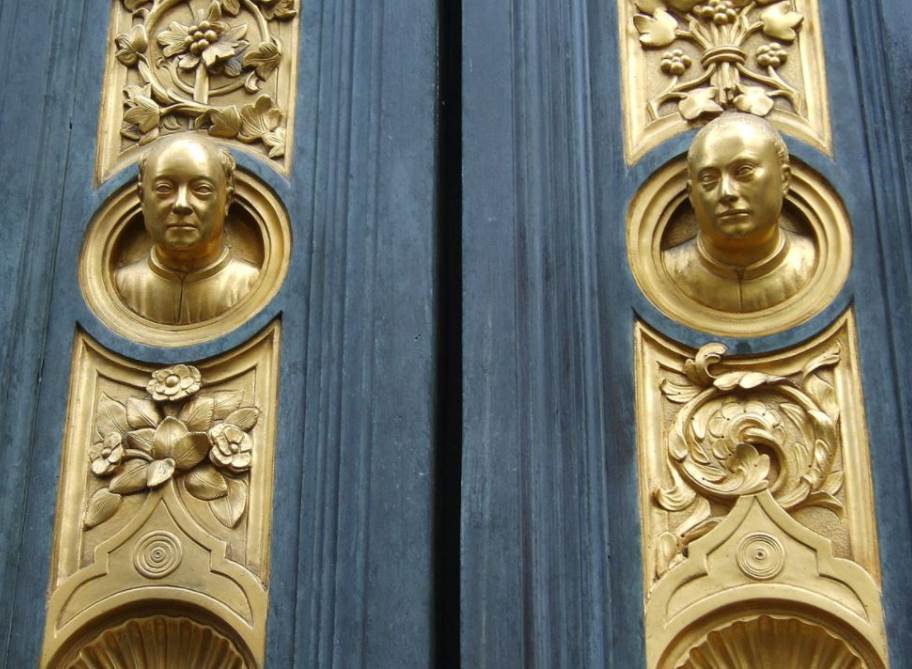
4. Filippo Brunelleschi
Filippo Brunelleschi (1377-1446) is best known as the architect of fantastic buildings such as Florence Cathedral, especially its stunning dome. He was also, however, a renowned sculptor who earned multiple commissions during his lifetime.
He’s considered to be one of the pioneers of modern architecture and construction site supervising. In his spare time, he sculpted several masterpieces.
He submitted a sculpture for the competition for the doors of the Florence Baptistery but didn’t make it. Some of his best-known works are located inside Pistoia Cathedral.
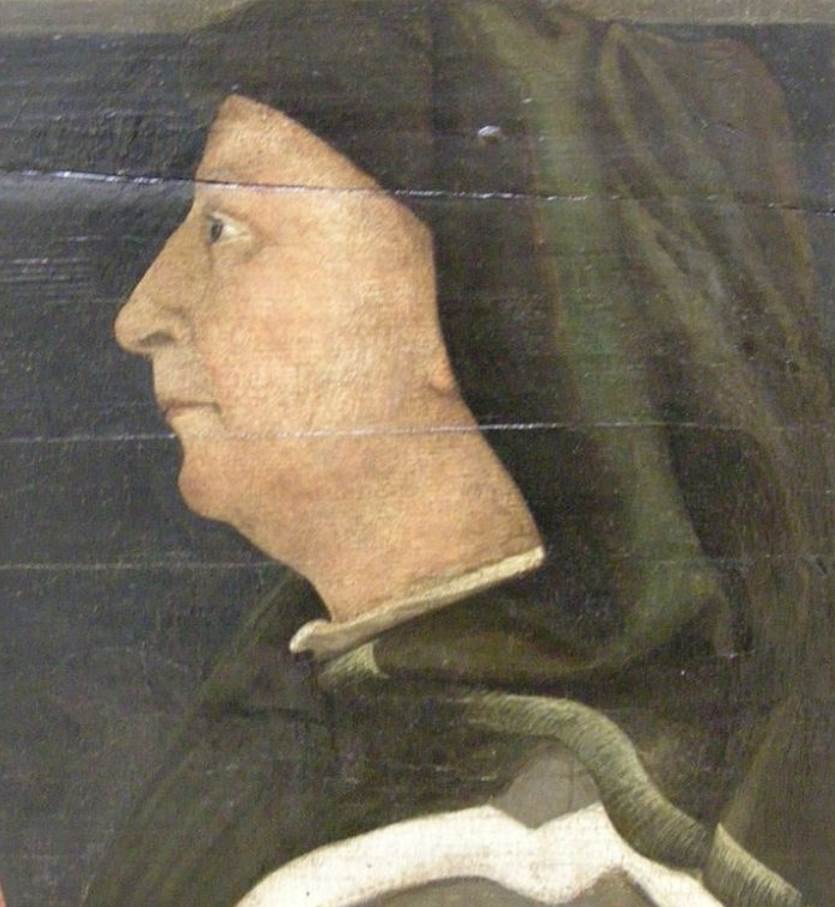
5. Andrea del Verrocchio
Andrea del Verrocchio (1435-1488) is world-famous for being one of the early masters of Leonardo da Vinci (1452-1519), the Italian polymath who produced some of the greatest artworks in history.
He was mainly a sculptor but also a proficient painter. He presumably gave up painting after he was assisted by da Vinci to paint a work called “The Baptism of Christ” (1474-1475).
His pupil painted in such a magnificent manner that he mainly focused on sculpting after that. Whether or not this story is accurate remains up for debate.
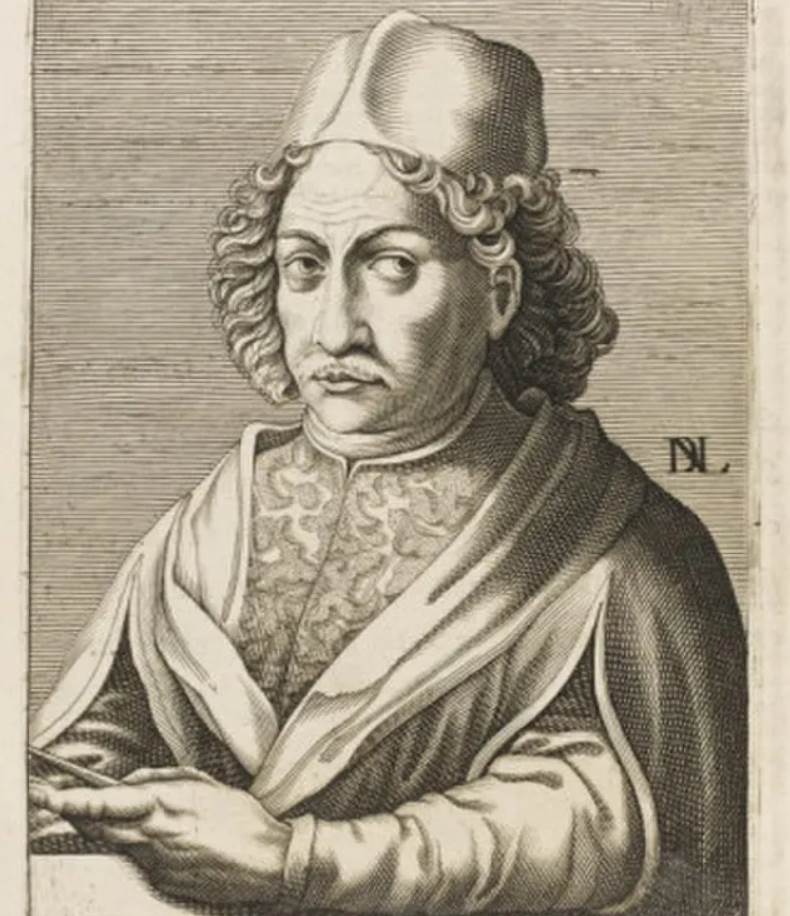
6. Benvenuto Cellini
Benvenuto Cellini (1500-1571) was a rather controversial artist of the Mannerist era or “Late Renaissance.” He had to flee several times to avoid prison sentences and eventually landed in Rome and France.
In France, he produced the “Cellini Salt Cellar” (1540-1543) for King Francis I of France. This delicate work of art is a testimony to his talent as a goldsmith.
When he returned to his native Florence, he permanently made a name for himself with a work called “Perseus with the Head of Medusa” (1545-1554). This is arguably the most amazing Renaissance sculpture ever produced.
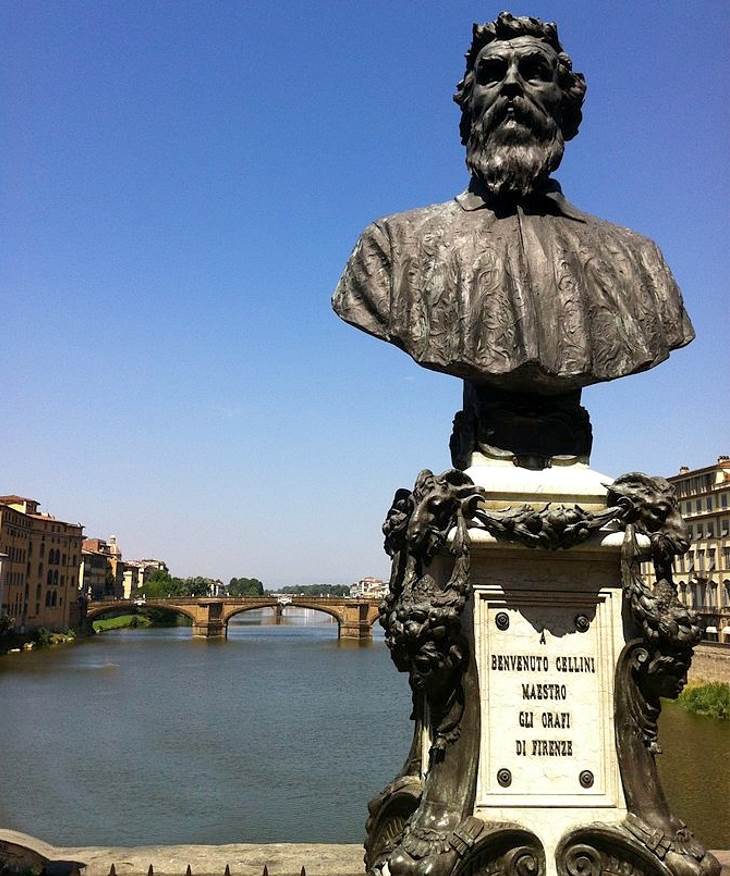
7. Luca della Robbia
Luca della Robbia (1399-1482) might not be the best-known name in art history, but his colleagues praised his talents. Many considered it to be at the same level as his contemporaries such as Donatello and Ghiberti.
He developed a special technique that allowed him to produce tin-glazed terracotta statues. These works were adored at the time and were automatically associated with his name.
Being a Florentine native, he earned several prestigious commissions in the city as well. His most notable work here is the choir gallery or “Cantoria” at Florence Cathedral. This is a masterpiece that he worked on between 1431 and 1438.
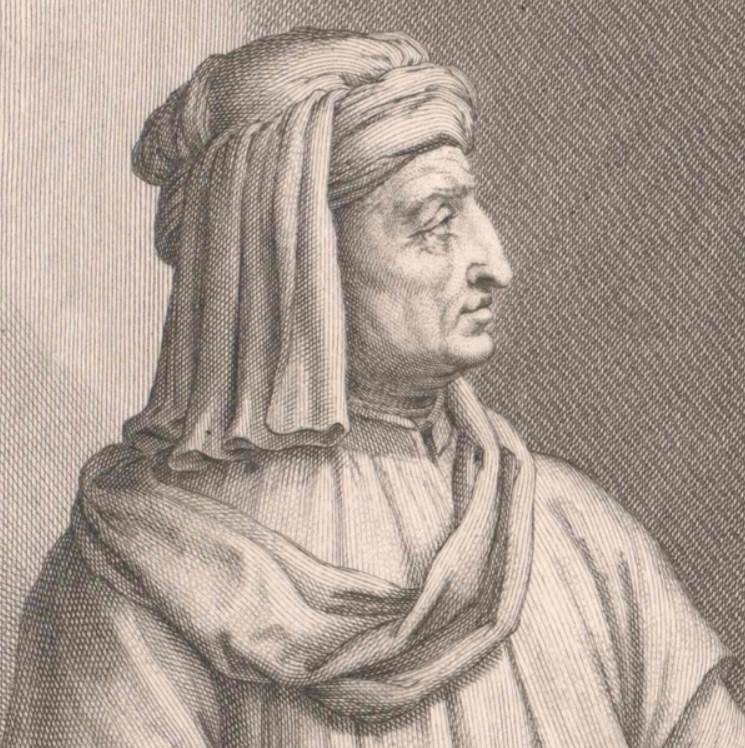
8. Matteo Civitali
Matteo Civitali (1436-1501) was another famous Renaissance sculptor and engineer who made a name for himself in his native city. Most of his works can be found in Lucca, a rather small city in the Tuscany Region of Italy.
What’s remarkable about this artist is that he didn’t pick up sculpting until he reached the age of 40. For years he had tried to become a successful surgeon without success.
Hacking away at blocks of marble was easier for this talented sculptor. His most notable work can be found at the Cathedral of San Martino and is a free-standing chapel called the “Tempietto.” This little temple houses an ancient wooden carving of Jesus Christ called “Holy Face of Lucca.”
